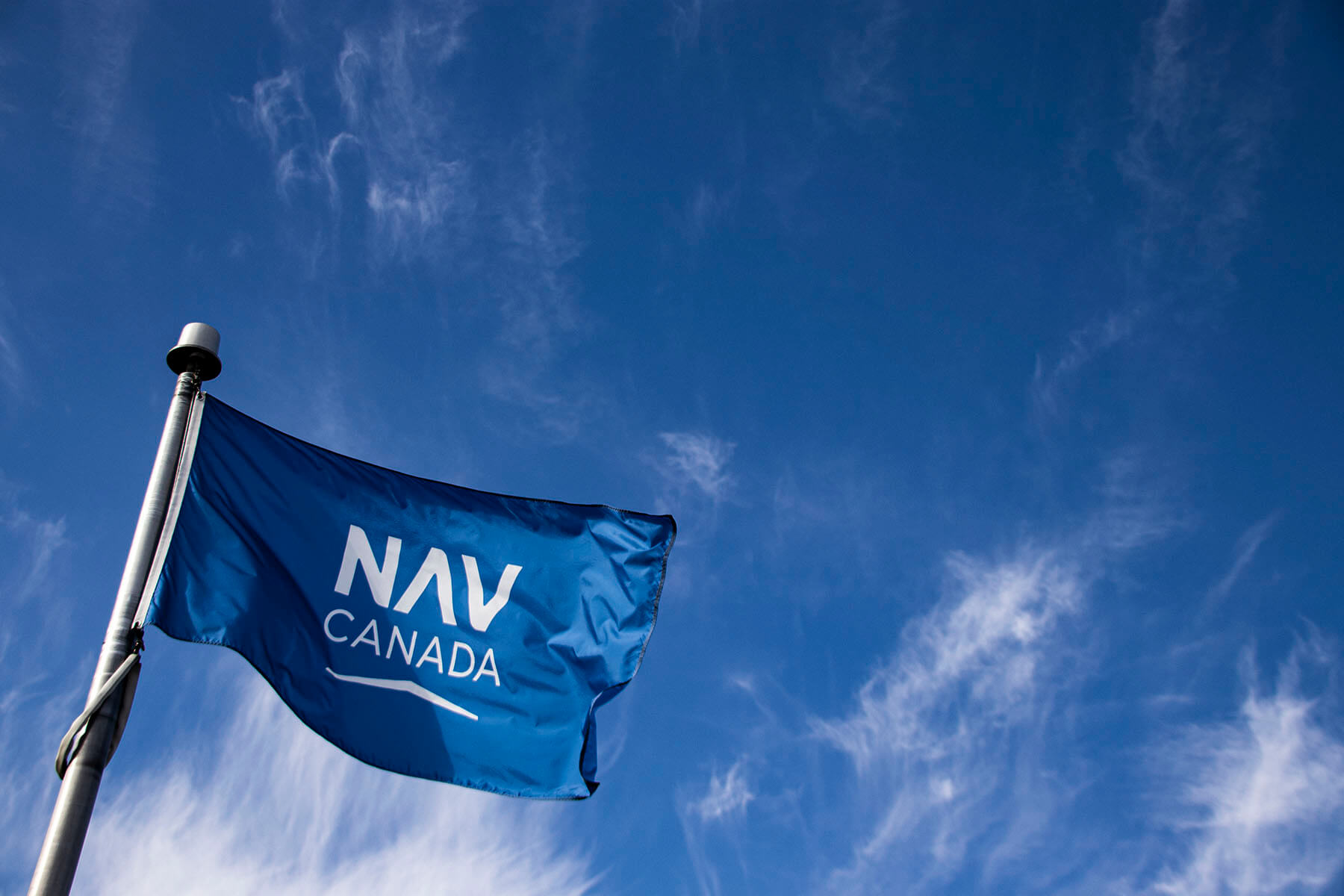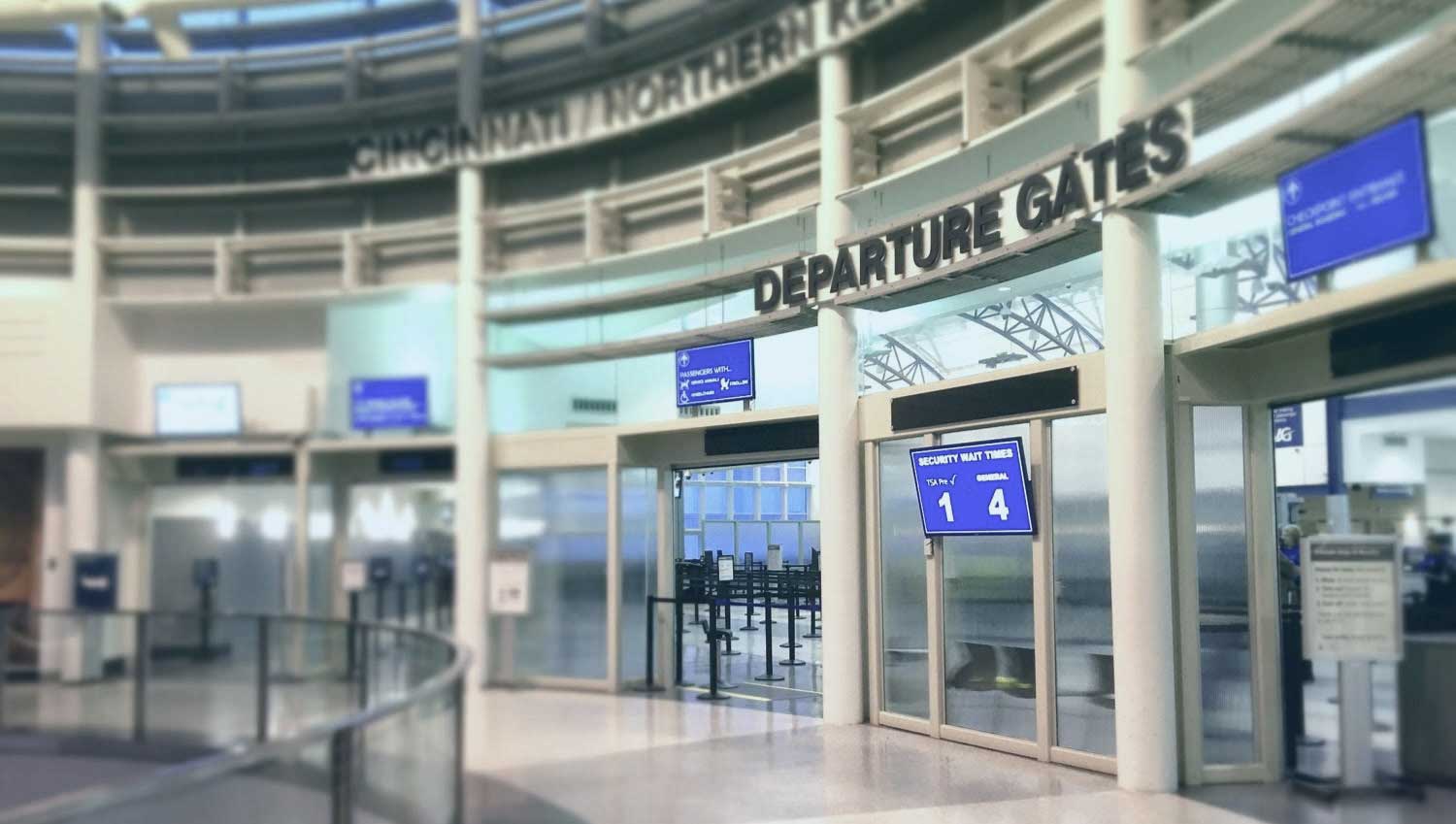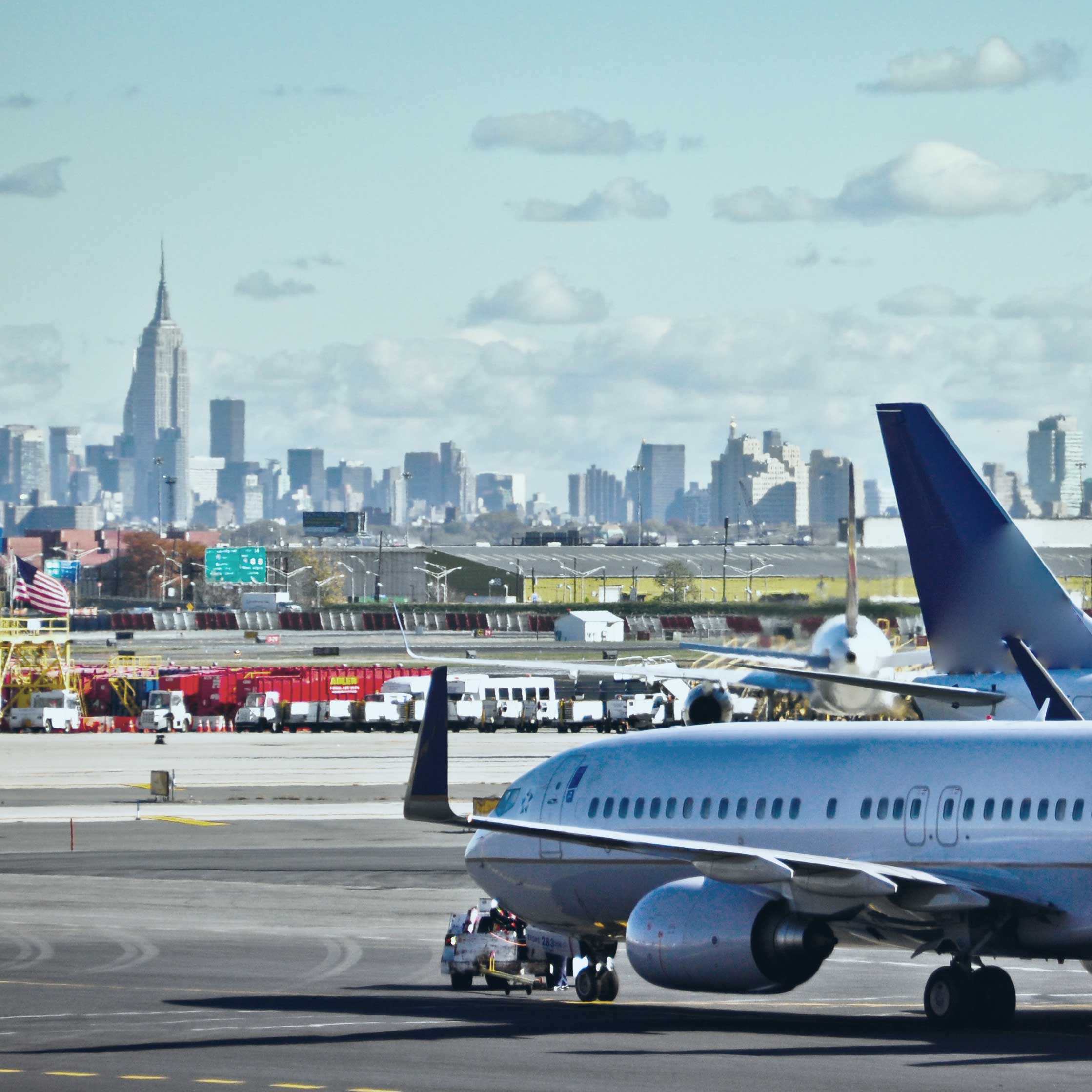Moving from measuring airport wait times to forecasting when people will show up is a proven path to optimal planning and experience improvements.
With 2023 marked by the continual rebound in passenger volumes, North American airports found themselves caught in the turbulence of extended queue wait times at security checkpoints. And never more so than during the holiday season when average wait times can surge by 20%, according to the Transportation Security Administration (TSA).
Of course, the wait times at airports are not just restricted to security. Customs and Border Protection (CBP), the agency in charge of managing US front lines, reported an uptick of 14% in the number of international arrivals in November 2023 year on year. And while average CBP wait times hover around 25 minutes, queues can surge to beyond an hour or two at peak times. Those who make it past immigration may then find overflowing security queues for connections, compounding the stress and impacting On-Time Performance (OTP).
The result is that while operators grapple with seemingly limited options to tackle these challenges, as checkpoints are run by separate jurisdictions, the airport’s reputation continues to bear the brunt of negative headlines and poor passenger experience scores. This has a cascading effect on staff morale, retail revenue, and passenger choices.
Fortunately, a growing number of forward-thinking airports are embracing new measures to master the waiting game, by rolling out AI driven airport solutions in collaboration with their TSA and CBP partners.
Robust planning with machine learning
One of the primary obstacles faced by airports and agencies is the reliance on manual resource planning models based on historical data and local managers’ instincts. These traditional approaches often fall short in responding to the dynamic nature of passenger arrivals. Even a minor misalignment between a lane opening plan and actual passenger arrivals can result in significant queue build-ups.
Enter a new phase of smart airport advancements in the form of Artificial Intelligence (AI), and its subset Machine Learning, heralded as game-changers for airports seeking to revolutionize TSA and CBP wait time experiences.
These cutting-edge technologies use powerful algorithms to predict show-up profiles by flight at key processing points. They determine a lane opening plan for the days and weeks ahead, ensuring the right number of staff are deployed at the right time – generating the most robust plan for airport efficiency possible while minimizing resources. This reduces the potential of having to make major changes on the day of operations – changes that inevitably degrade efficiency and on-time performance.
Staying ahead of change with live data
Airports are, by their nature, dynamic, so even the best plans sometimes need fine-tuning. This requires planners to be able to access live information to support decision-making in the moment. Only a forecast that is continually revised using per-flight show-up data and a real-time understanding of occupancy, queue times and processing from passenger movement sensors can paint the clearest situational picture.
In the same way, a live integration with the flight schedule updates the forecast to account for any delays or cancellations. Capacity planning tools can then automatically update the recommended lane opening plan in 5-minute increments to reflect changes and optimize execution. For example, while the TSA may not be able to change staffing resources on the day of operations, managers could postpone breaks, re-configure lanes, prolong a shift or increase attention to production to prevent queues building.
One source of forecasting truth is key to trust and accountability
To confidently follow the plan, airport planners and their TSA and CBP partners need more than just rapid access to data – they need to believe in that data. A common, standardized tool that shows forecasted data versus actual live-forecasted data and provides actionable recommendations for each partner is essential in building trust that the plan is viable and the best choice.
One of the greatest benefits of comparing actual show-up profiles, lane openings, and wait times to those predicted and planned for is accountability. Understanding why things deviate from the plan—whether it is passengers arriving later, congestion at check-in, baggage processing delays, late lane openings, equipment issues, or staff absences—empowers airport planners and their partners to continually improve performance.
Airports see dramatic drop-in wait times using AI
Several airports’ recent initiatives highlight the success of machine learning and AI airport solutions in optimizing capacity planning. For instance, a Tier 1 airport recently ran a pilot over the October/November holiday period with its TSA partners using Veovo Machine Learning, checkpoint data, and flight data from the Veovo Airport Operational Database (AODB) to generate a show-up forecast and associated lane opening and staff plan.
The results were impressive – with average wait times dropping by 15% compared to the previous year. Meanwhile, the proportion of passengers experiencing long wait times dropped by 30% over the same holiday period, with similar passenger volumes and staff.
In Europe, operator Avinor faced similar challenges with mismatched lane opening plans to demand. Working with Veovo and its machine learning platform, Avinor can now forecast anything and everything across the airport, sharing real-time predictions with border control, security, airlines, and baggage handling partners. The forecast and capacity plan are continually and automatically refined from 60 days out towards the day of operations. Achieving 99.3% accuracy of show-up profiles supports pinpoint lane opening plans and as a result, a remarkable 91.8% of passengers waited less than 10 minutes in security processing during the peak summer season—all with zero human input.
Machine learning not human hunches: the way forward for smooth travel
Holidays and unpredictable events will always happen. It is how airports and their partners respond – and how fast – that makes all the difference to performance, efficiency and ultimately, customer satisfaction.
Optimal capacity planning based on machine learning, not human hunches, is not just long overdue, but a necessity. By adopting new data science technologies, airports can make the critical shift from the traditional waiting game to a proactive, collaborative effort in optimizing TSA and CBP screening operations and improving passengers’ experiences.
How AI and machine learning improve airport operations by forecasting passenger arrivals and optimising staffing at security and border checkpoints.
- AI predicts passenger show-up patterns by flight to create effective staff deployment plans.
- Live data updates allow airports to adjust operations quickly to manage queues in real time.
- Using shared, trusted data improves collaboration and accountability between airports and security agencies.




